[Ozone] "Kintora Sake Brewery", Nagoya's Local Sake Brewery, Continues to Evolve while Being Loved by the Locals
![[Ozone] "Kintora Sake Brewery", Nagoya's Local Sake Brewery, Continues to Evolve while Being Loved by the Locals](https://life-designs.jp/wp/wp-content/uploads/2022/06/image12-15.jpg)
About a 12-minute walk from Ozone Station in Nagoya City, there is a sake brewery "Kintora Sake Brewery" along Route 19. Founded at the end of the Edo period, Kintora Sake Brewery has a history of 177 years. They have evolved while preserving the taste loved by local people. They are also making various efforts to further spread the local sake of Nagoya and Aichi.
This time, we interviewed Mr. Yoshifumi Mizuno, the seventh-generation brewery owner, about the history of Kintora Sake Brewery, their commitment to sake brewing, and their new endeavors!
We were given a tour of the brewery, which is not usually seen, and were given a clear explanation of the sake brewing process.
Table of Contents
Sake brewing at Kintora Sake Brewery since the Edo period
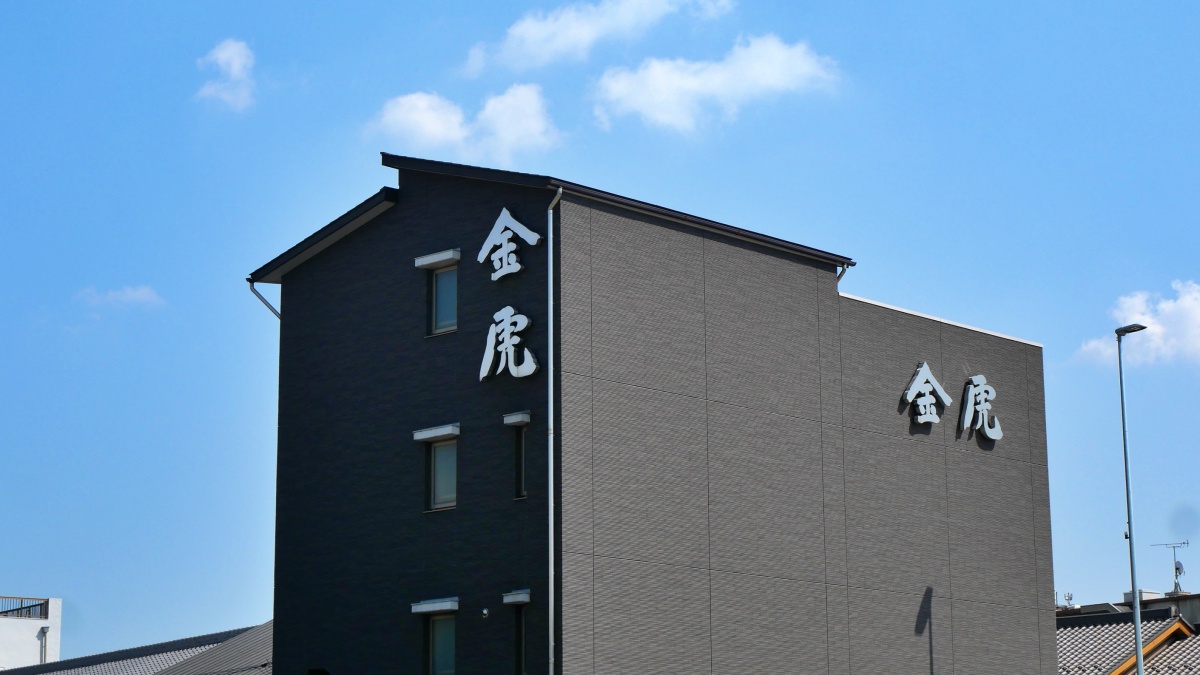
The Kanatora Brewery was founded in the late Edo period. Yamada-cho, where the brewery is located, was a rural area where rice cultivation flourished during the Edo period. The Owari Clan encouraged the production of sake, which could make stable use of the abundant rice harvest, because the current National Route 19 was known as the Zenkoji Highway and led to Zenkoji Temple in Nagano Prefecture.
With this background, Kintora Sake Brewery was founded in 1845 and has inherited a history of 177 years. The name "Kintora" comes from the "Kinshachi" (golden dolphin), a specialty of Nagoya Castle, and Zenbei III was born in the year of the tiger.
Evolving according to the local climate based on Echigo-style technology
Characterized by refreshing and easy drinking
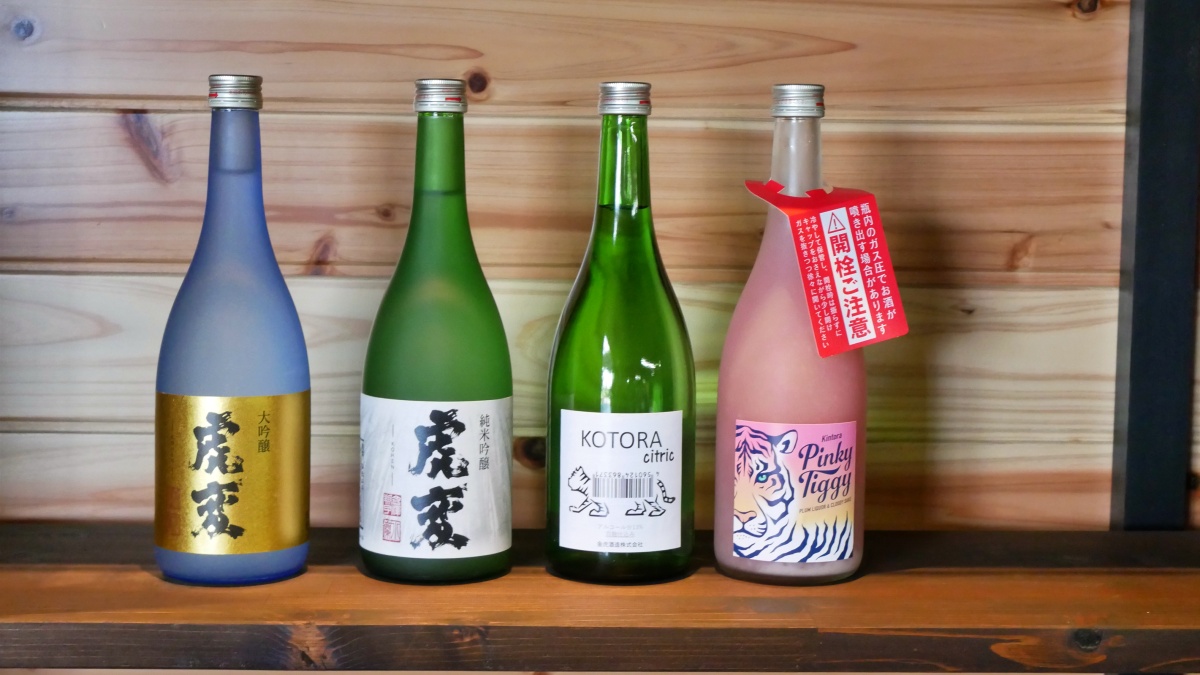
The sake produced by the Kintora Sake Brewery is characterized by its overall refreshing and easy-to-drink taste, even for those who are not familiar with sake. While its origins lie in the Echigo style of sake, which is characterized by a "light and dry" taste with a clean, smooth, and crisp mouthfeel, it has evolved in its own unique way to suit the climate and food culture of Nagoya.
They are also actively working to create new types of sake, such as sake that can be enjoyed like wine while retaining the sake-like character of Kintora, and Japanese sake cocktails that combine plum wine and nigori sake.
Special release of the place where Kintora's sake is brewed!

A building that used to be a sake brewery. Currently, it is used as a product sales and shipping space, a warehouse, and an event space.
Sake brewing takes place at Kintora for about half a year from October to April. Since the sake brewing had just finished at the time of our interview, we were given a special tour of a place that is usually only open to people involved in sake brewing!
We will introduce you to the precious place that can be said to be the core of Kintora Sake Brewery along with the sake brewing process.
The building where sake is brewed is a two-story structure, with the second floor used as a brewing area where rice is polished, steamed, and koji (malt) is made, and the first floor is used for fermentation and fire-firing.
First, let's take a look at the second floor, where the sake brewing process takes place.
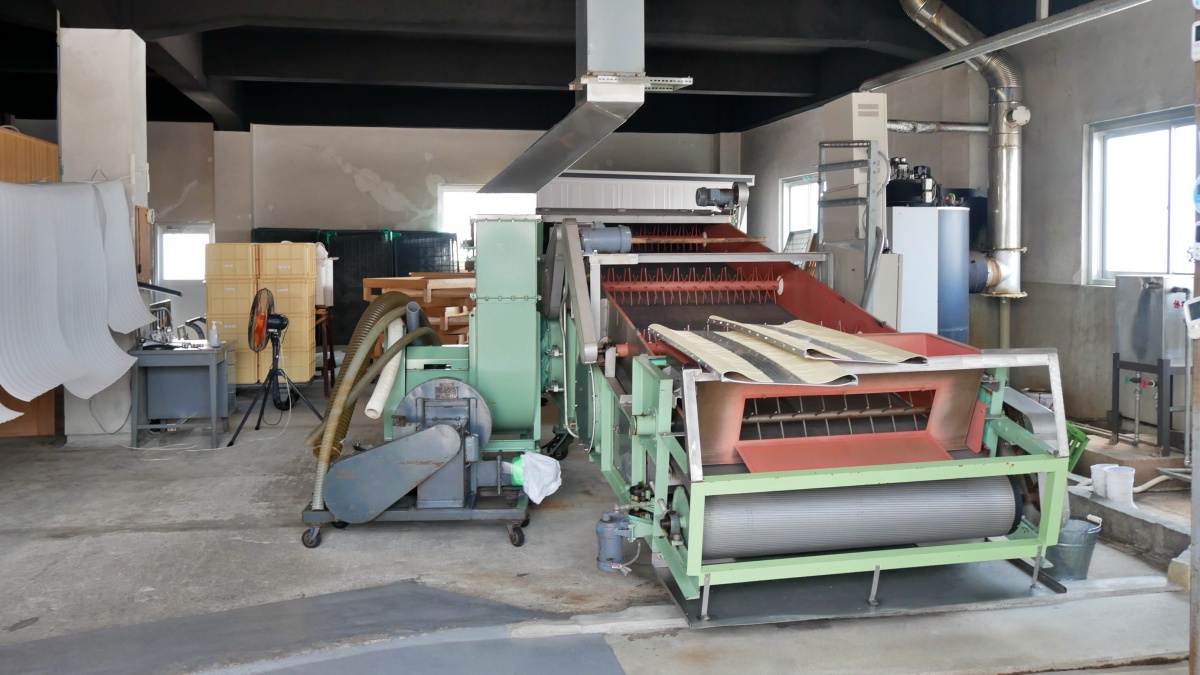
The large machine in the foreground is a conveyor belt for cooling steamed rice.
Sake brewing begins with polishing rice. The rice used for sake is different from the edible rice that we usually eat, and the rice used is called "sake rice". Rice for food is only polished on the surface, so the rice polishing ratio is about 90%.
The milling ratio is a number that indicates the percentage of rice remaining after milling (the top layer of rice removed from brown rice). The lower the ratio, the smaller the rice, and the less cloying and gorgeous the aroma of the sake. However, a higher milling ratio (lower ratio) does not necessarily mean a better sake; it is adjusted according to the character of the sake.
There are five types of sake rice used at Kintora Sake Brewery. Of these, about 80% use Aichi Prefecture's unique sake rice "Wakamizu", "Yumesansui" and "Yumeginko".

A large kiln for steaming rice. Up to 400 kg of rice can be steamed.
After washing the polished rice, it is soaked in water and steamed to absorb the right amount of moisture. The smaller the rice, the easier it is to soak in water, and the soaking time is adjusted in seconds according to the hardness and condition of the rice that year. This process is closely related to the koji-zukuri (malt making) process, which is the cornerstone of sake brewing, so caution is required.
After that, the steamed rice is moved by a conveyor belt while being blown by air, cooled to an appropriate temperature, and transported to the koji (malt) room, which is said to be the heart of sake brewing.
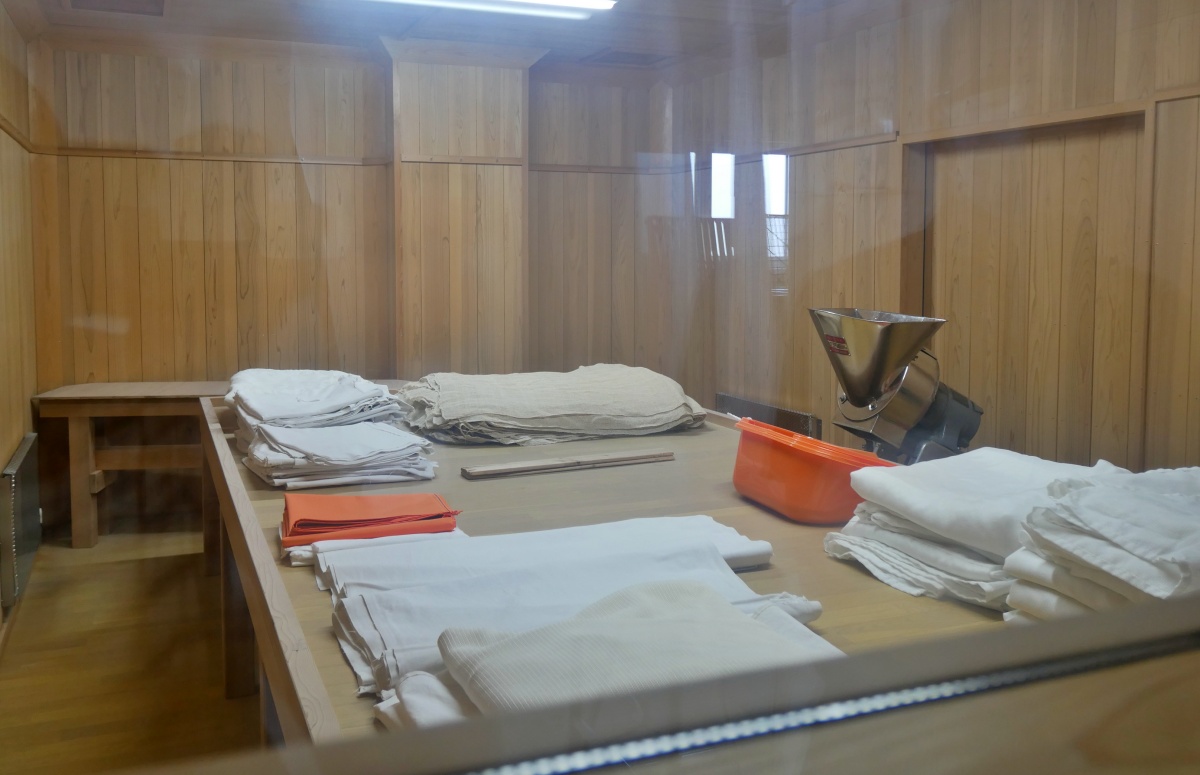
Koji room that only a limited number of people can enter
In the koji room, spores of koji mold are sprinkled on the cooled rice, and the fungus grows over two nights, gradually transforming the rice into "rice koji". The quality of the rice malt determines the quality of the sake, so it is an important process in sake brewing.
The temperature in the koji room is quite hot, in the high 30s to promote the growth of the fungi, and work must be done carefully and frequently while monitoring the rice. During this time, the toji (lead craftsman who makes the sake) stays overnight in the lodging room, sometimes getting up in the middle of the night to work. Since the balance between the temperature and dryness of the rice is crucial to producing good koji, the toji must be sensitive to the aroma and temperature, and must work delicately, using all five senses. Rice koji, which is the source of sake, is made with great care, using both physical strength and nerves.
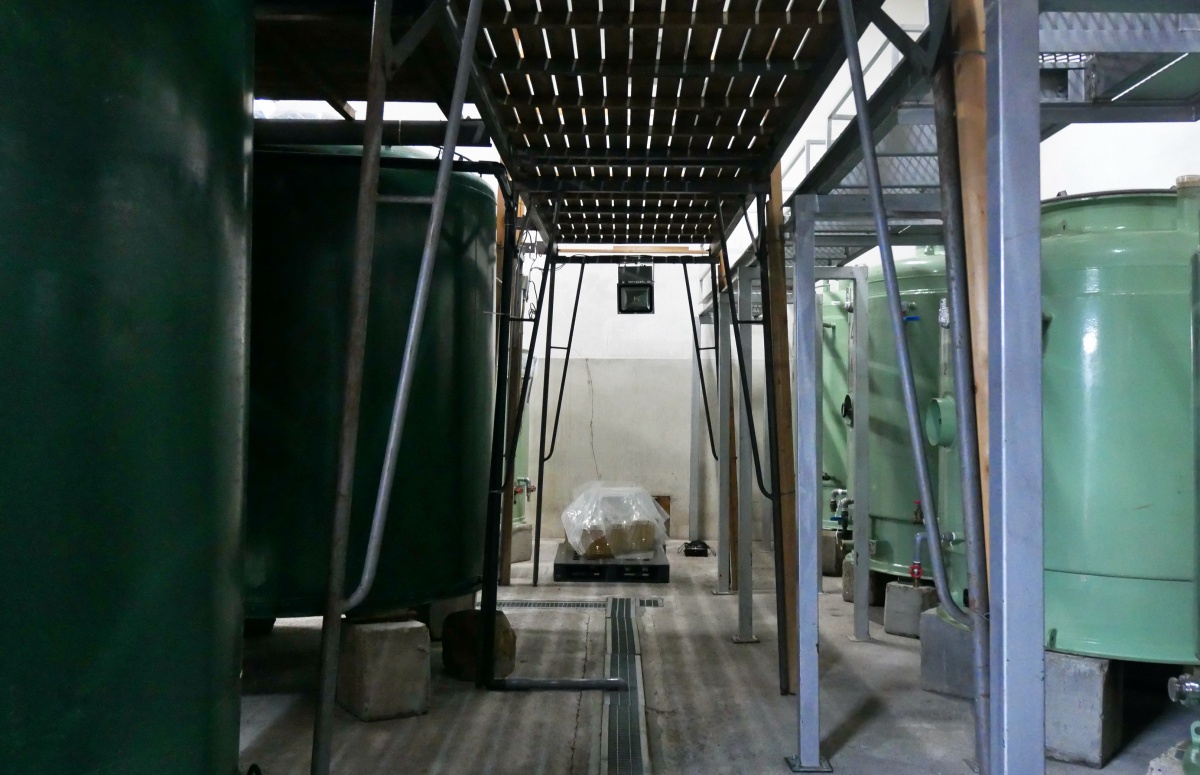
Preparation tanks line up on the first floor
The rice koji made in the koji room on the second floor is brought to the first floor, and the tank on the first floor is filled with rice, rice koji, water, and yeast. At this time, instead of adding it all at once, it is prepared in three batches, called sandan-shikomi, in order to proceed with the fermentation safely. And the one that contains these four is "Moromi". The moromi in the tank is fermented in the tank for 2-3 weeks at the shortest and over a month at the longest.
During this time, the unrefined sake is simultaneously undergoing "saccharification," in which koji enzymes convert starch into glucose, and "fermentation," in which glucose is converted into alcohol by the action of yeast. If these two processes do not proceed in good balance, good sake cannot be made. Temperature control is important for this process.
Winter in Aichi Prefecture is hot for making sake, and the moromi itself generates heat during fermentation, so it is necessary to cool the tank. The tanks are designed to allow water to circulate, cooling each tank through cold water and maintaining the appropriate temperature.
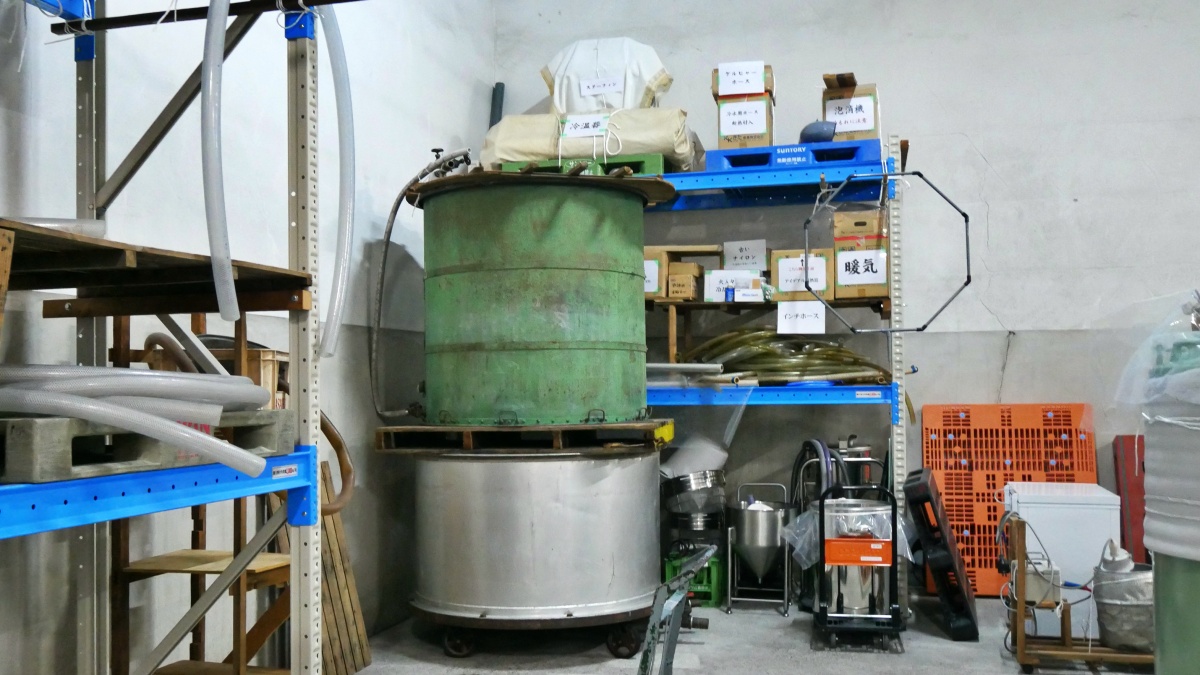
machine for burning
The fermented sake is pressed with a press in a separate building and separated into sake and sake lees.
Sake that has been pressed is not yet finished. Except for sake called "nama-zake," sake undergoes "hi-ire" (pasteurization). Hi-ire is a necessary process to stop the fermentation of sake, to keep the taste of sake constant, and to sterilize the sake.
The pasteurized sake is stored for six months to a year and then flavored before being shipped. It seems that it is stored at an appropriate temperature according to the quality and type of the.
You can see that Kintora Sake Brewery's sake is carefully made through a number of processes.
Carefully selected sake recommended by Kintora Sake Brewery!
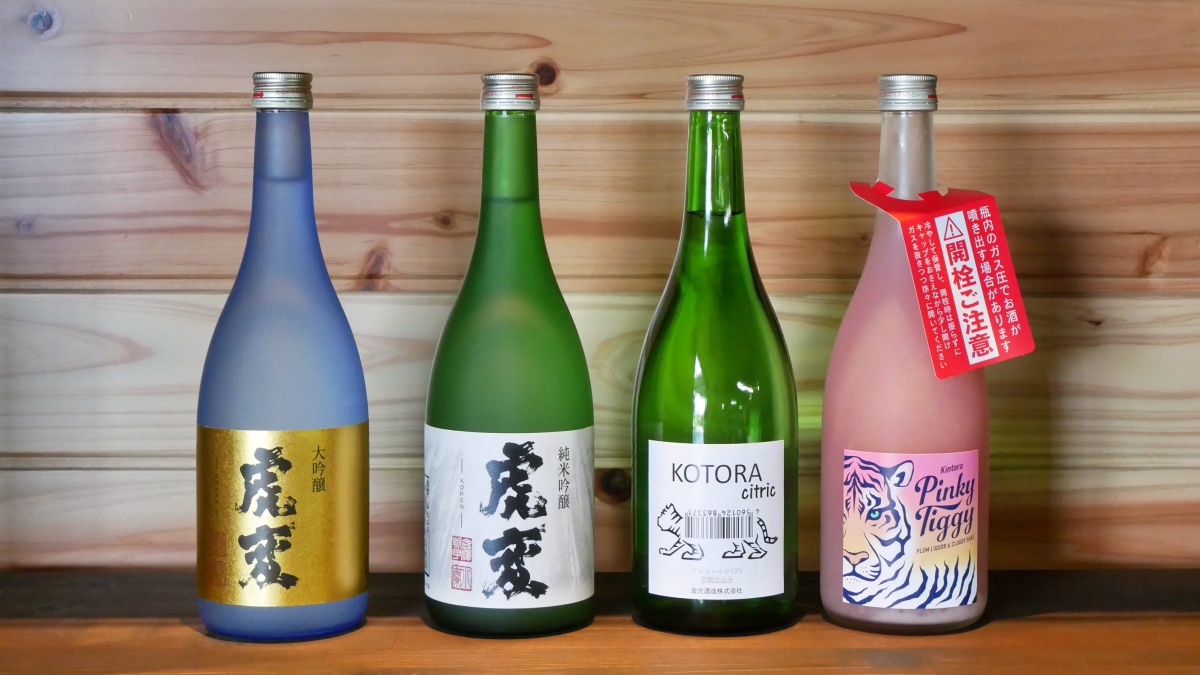
Kintora Sake Brewery makes not only standard brands but also various types of sake. This time, we will introduce recommended brands for those who are unfamiliar with sake and those who are looking for easy-to-drink sake.
Kohen

Contents / 1.8L, 720ml (only 720ml for Daiginjo Kohen)
In 2012, the production of this sake started from a local love project that wanted to create a new sake that Nagoya can be proud of. Just like how a tiger's fur grows back beautifully, the name expresses the desire to continue to make changes.
There are three types of standard products: daiginjo, junmai ginjo, and special junmai, all of which have a well-balanced taste with a sense of transparency, a refreshing crispness, and a savory taste.
KOTORA citric

Contents/1.8L, 720ml
The alcohol content is 13%, which is relatively low compared to other Japanese sake, so it is also recommended for those who are not sensitive to alcohol.
It is characterized by a strong acidity that is about three times that of regular sake, but the sourness derived from the white koji used in shochu has a freshness reminiscent of citrus, making it perfect for summer. It tastes like white wine, and goes well with appetizers such as fries, carpaccio, spiced dishes, and cheesecake that don't usually go well with sake.
It is a playful sake that is delicious even if it is diluted with soda and drunk like sparkling.
Pinky Tiggy

Contents/720ml
A Japanese sake cocktail of plum wine and nigori sake (Japanese sake) that was born by chance. The pretty pink color is a natural shade of hibiscus roselle and white cloudy sake used in plum wine.
The sweetness and sourness of plum wine are the main ingredients, but the sourness of plum wine is softened by cloudy sake and the aftertaste is refreshing. Because it contains carbon dioxide gas, it is refreshing and easier to drink than umeshu alone. However, since the alcohol content is 14%, you need to be careful not to drink too quickly.
Also pay attention to KCT (Kintora Challenge Tank)
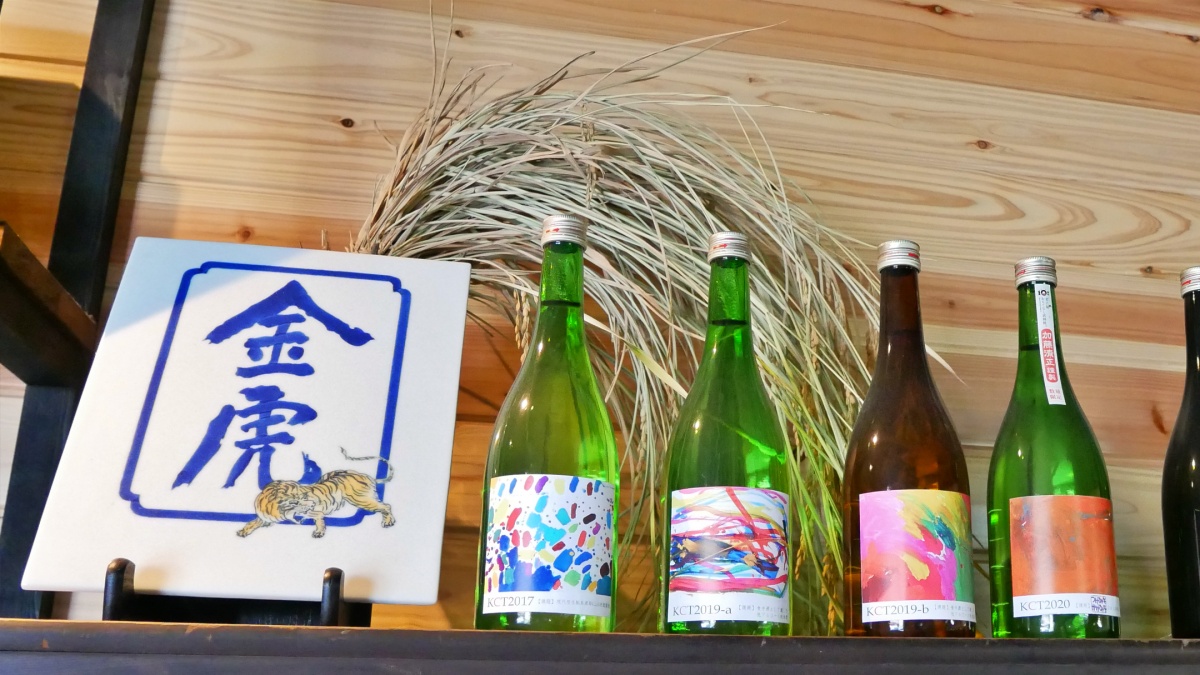
Since 2017, Kintora Sake Brewery has been working on an initiative called KCT (Kintora Challenge Tank). It is a series that sets a challenge theme every year and produces limited products with different concepts or manufacturing methods from the conventional Kintora Sake Brewery lineup.
So far, he has made sake using new technology, made sake by exchanging “koji” with Yamamori Sake Brewery in Midori Ward, Nagoya City, and collaborated with Nakamo Co., Ltd. to make “Tsuketemiso Kaketemiso”. We are trying various things, such as making sake that matches. KOTORA citric is also a sake born from this effort.
I am looking forward to seeing what kind of new sake will be created in the future.
Loved by people from Nagoya and Aichi,
We want to be an evolving local sake
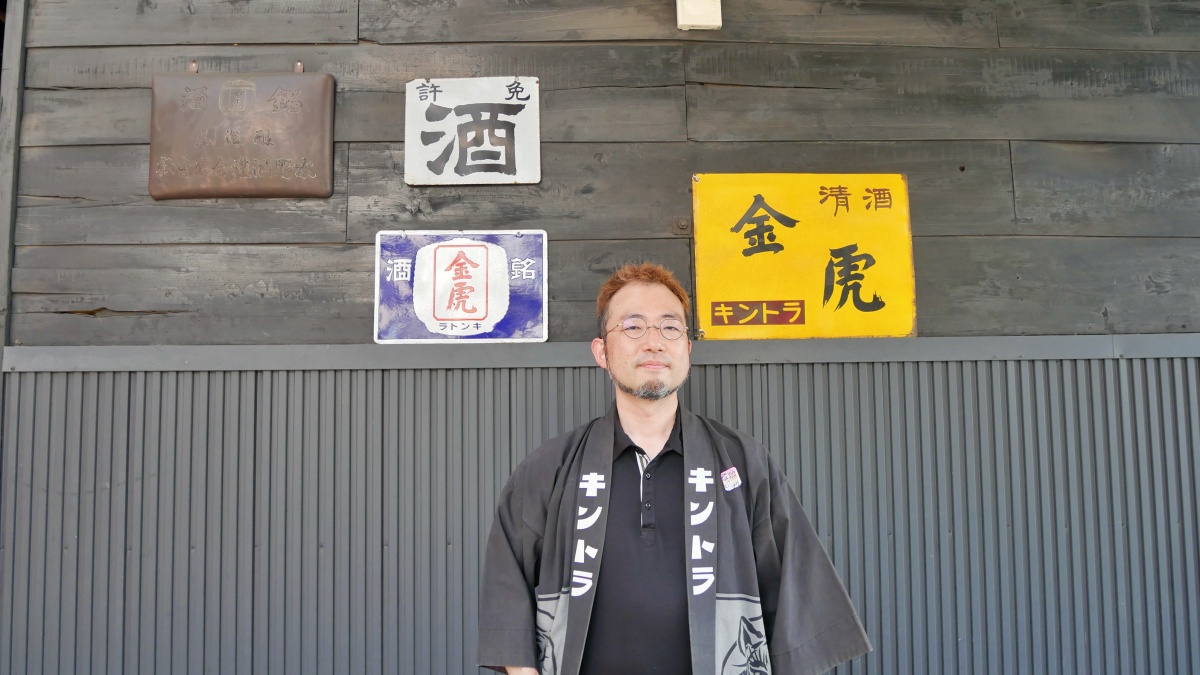
Finally, we asked Mr. Mizuno about his future policy and the appeal of sake.
-What is the goal of Kintora Sake Brewery?
Mr. Mizuno:"I want to be a brewery and sake brewery that makes the local people proud of their sake, which has been refined in the climate of Nagoya. For over 170 years, Kintora Sake Brewery has been making sake for the people who live in this area. Although based on the Echigo style, we have gradually updated it to suit the climate, food, and tastes of the people who live in Nagoya. I believe that every sake brewery has evolved in the same way to suit the people of the region, resulting in sake with its own unique character. Sake is so closely related to the region that it is called "locally brewed sake". Just as people associate Niigata, Fushimi, and Nada with sake, I would like to further improve the regional brands of Nagoya and Aichi.
However, in order to do so, we have to cooperate with sake breweries in Nagoya and Aichi, including Kintora Sake Brewery. Since 2014, four sake breweries in Nagoya have formed a unit called Nagoya Cloud, and have been conducting activities such as attending events and tasting and selling sake at department stores. Although the opportunities to attract attention to Nagoya's sake are increasing little by little, I think that we have to continue our efforts to make it more widely known. ”

Sugidama to let you know that new sake is ready. They make it by hand every year.
-Is there anything you would like to try in the future?
Mr. Mizuno:"I've been doing what I can for the past 7-8 years, starting with Nagoya Cloud, launching the Kohen brand, KCT (Kintora Challenge Tank), and Kintora limited to 2022 (Year of the Tiger). Just right. Since this year is the year of the tiger, I would like to take a moment to reflect on what we have achieved in order to move on to the next 12 years."
-Mr. Mizuno, what is the appeal of sake?
Mr. Mizuno:"It's hard to sum it up in one word. The first thing that comes to mind is "diversity". There are more than 1,500 breweries in Japan, and anyone over the age of 20 can drink. There are countless sake brewers and drinkers, each with their own region, and each brewery has their own brand. Sake has an unlimited scope, but that is not to say that it is totally chaotic. There are general rules and trends, and within those rules, a wide range of sake is produced, from the orthodox to the more varied. In addition, there is a wide range of flavors that can be expressed with sake, as well as a wide variety of drinking situations (at home, in pubs, at festivals, at events, etc.) where sake can be enjoyed in various ways. I think the appeal of sake lies in the infinite possibilities that can be found in such a wide range.
On the other hand, it is also true that some people find it difficult to take the first step because there is so much variety. I think there are people who are interested in sake and go to the sales floor, but are at a loss as to what to choose. For such people, I feel that it is necessary for sake breweries to devise ways to communicate, such as disseminating information and interacting at events that make it easy for first-timers to participate.
Kintora's sake is made with an emphasis on ease of drinking, so even people who are new to sake will find it easy to drink without any peculiarities. ”
-Thank you very much for your kind words!
Kintora Sake Brewery continues to evolve to please the locals
Let's taste the local sake of Nagoya
There are nearly 40 sake breweries in Aichi Prefecture, including Nagoya City. The Owari and Chita regions have long been a place of thriving sake brewing, and even today it is loved locally as a local sake.
Kintora Sake Brewery has been making sake for over 170 years in Yamada, Kita Ward, Nagoya City. In addition to orthodox sake brands, we continue to challenge new sake, and we have a variety of sake that is easy to drink even for those who are not accustomed to sake.
If you are interested in Japanese sake and local sake from Nagoya, how about trying sake from Kintora Sake Brewery?
![[Ozone] "Kintora Sake Brewery", Nagoya's Local Sake Brewery, Continues to Evolve while Being Loved by the Locals|Nagoya Kita-ku's sake>Others (alcohol)|Life Designs|Traveling and Living in Nagoya, Aichi, Gifu and Mie](https://life-designs.jp/wp/wp-content/themes/wp-templ/assets/img/common/logo.svg)
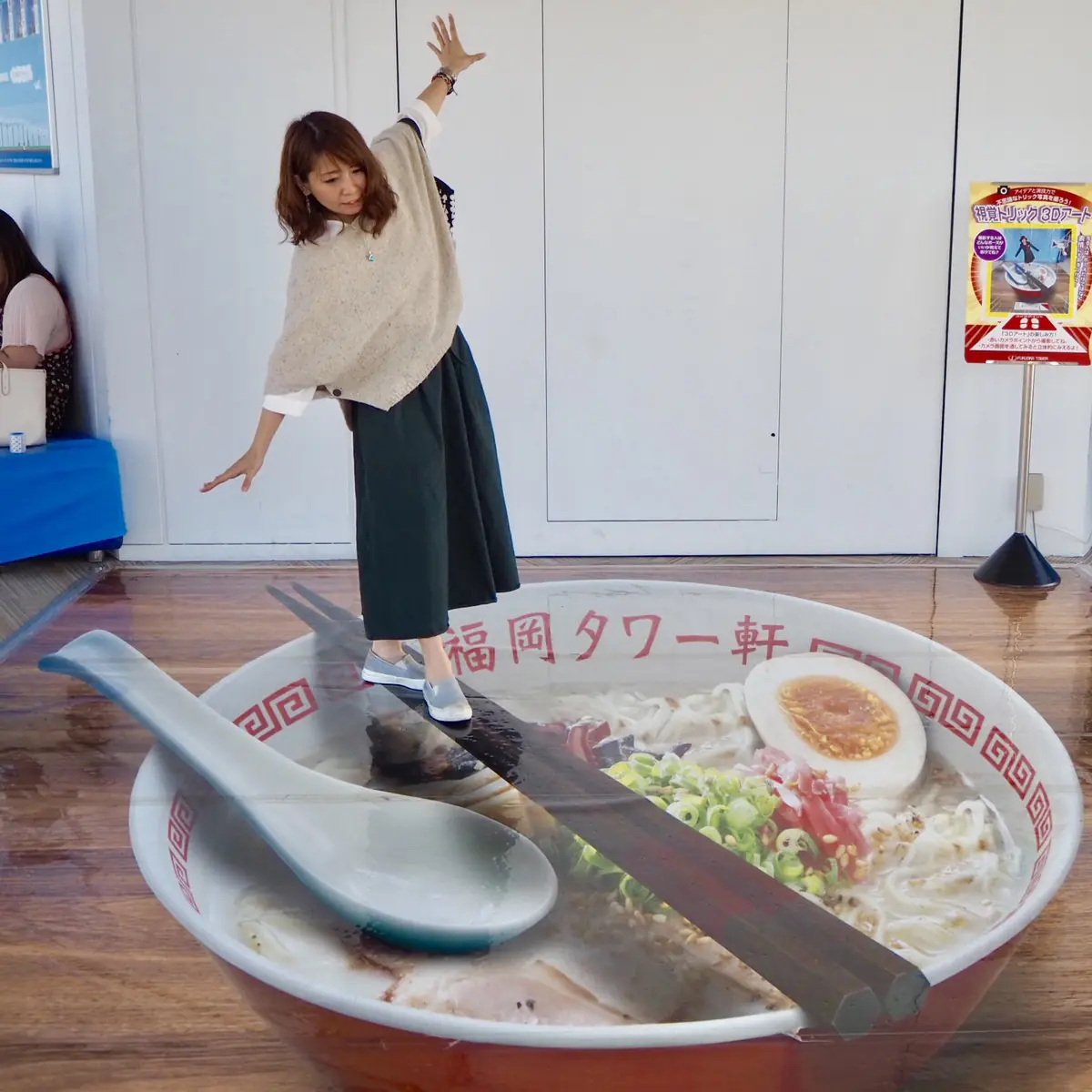
![[Drinks Specials] A Glass of Bliss](https://life-designs.jp/wp/wp-content/uploads/2021/07/TodaysDrink-1024x580.jpg)
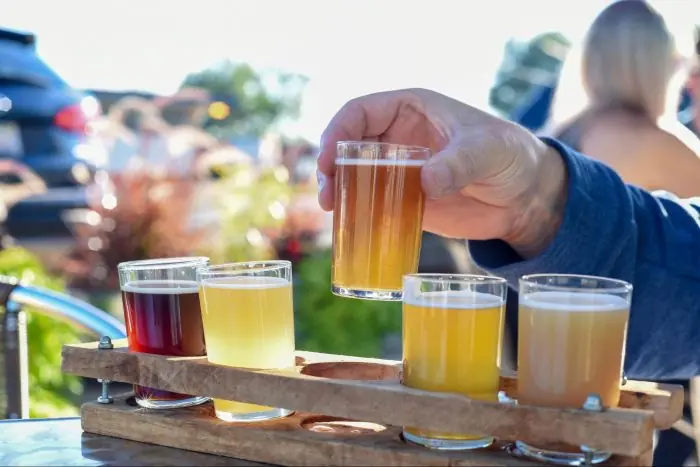
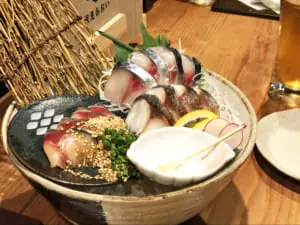
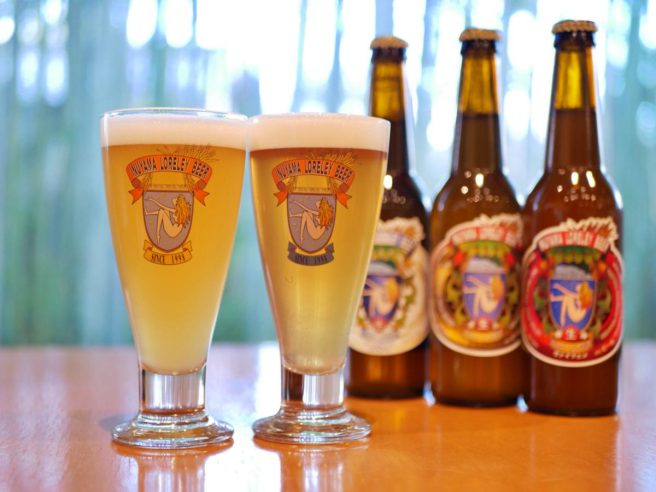

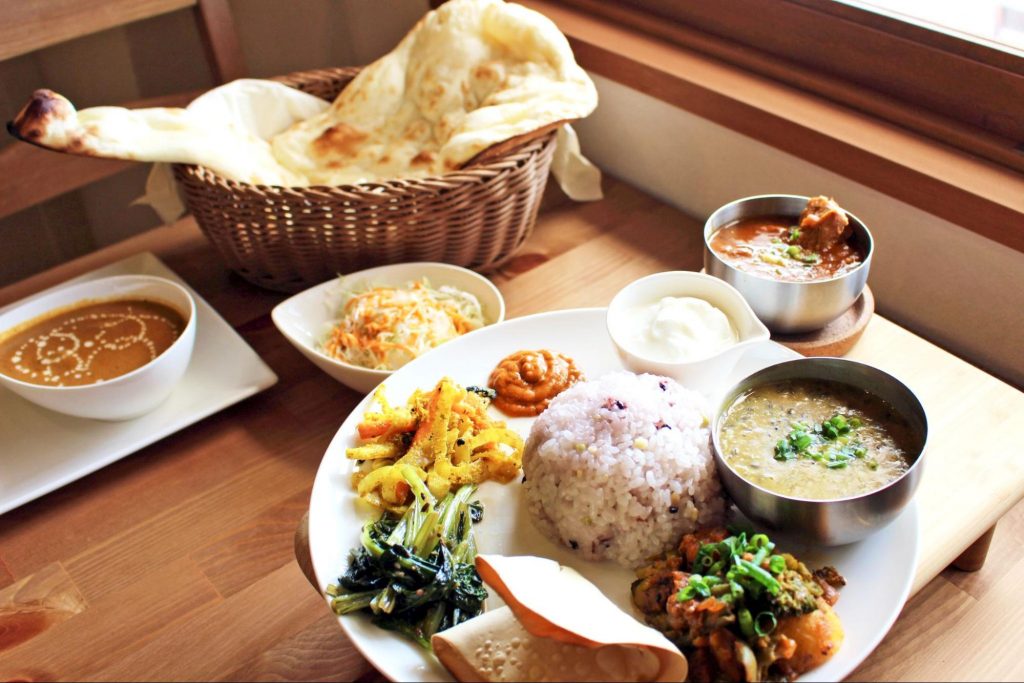
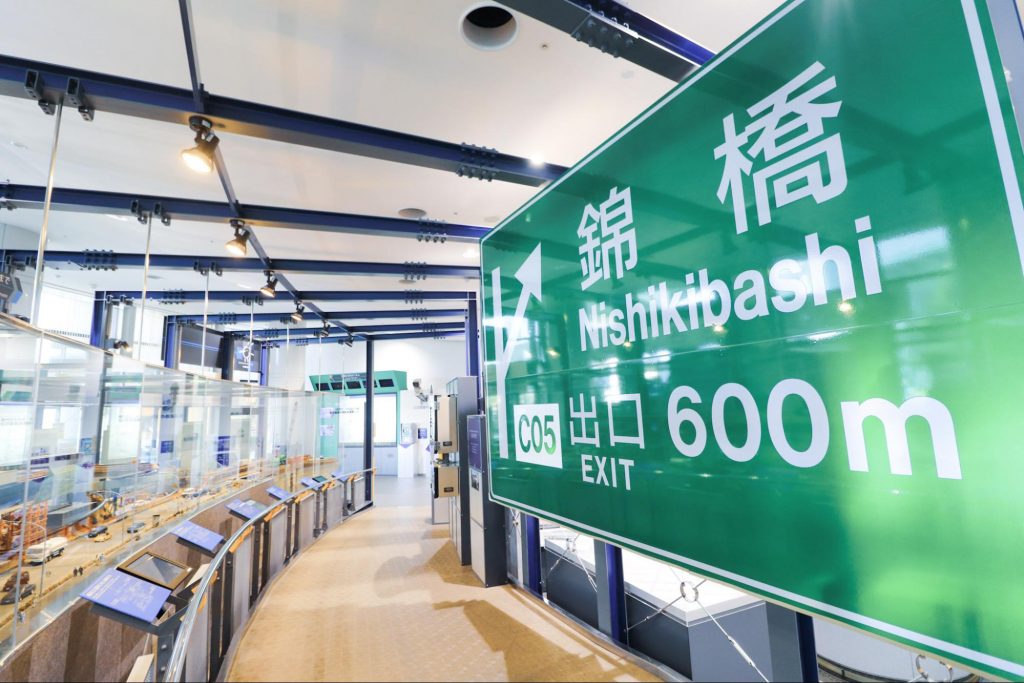
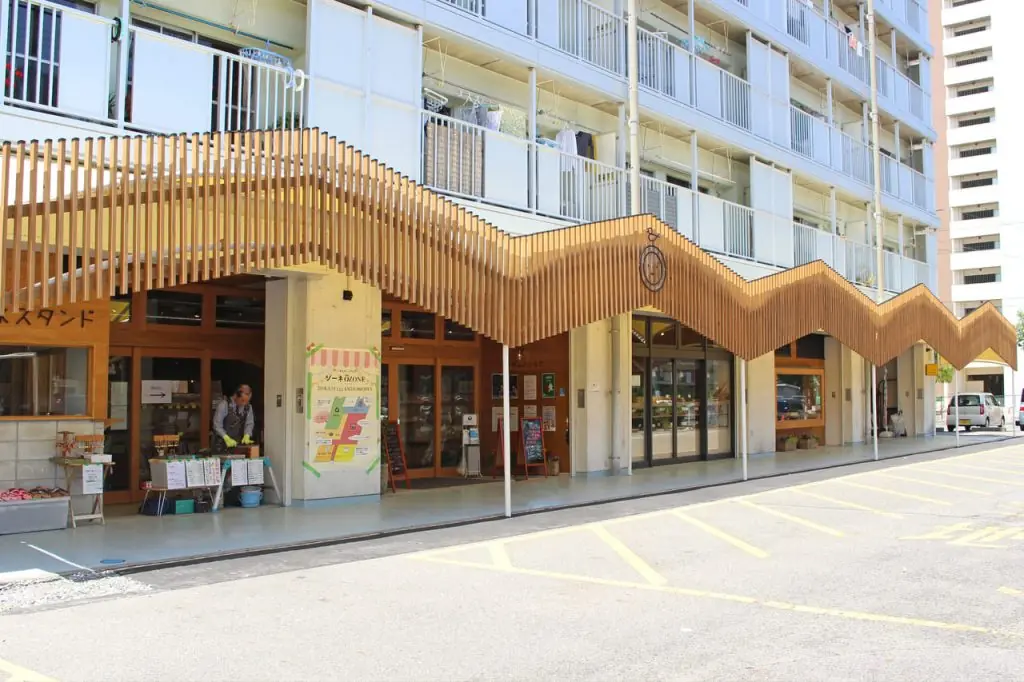
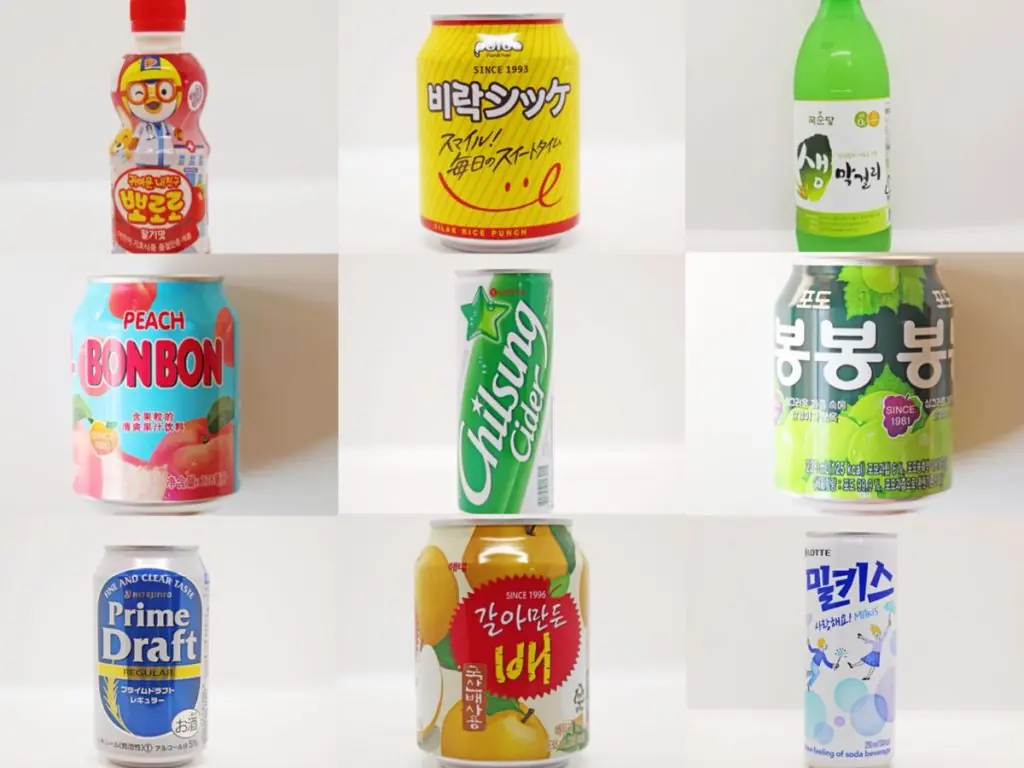

![Nakagawa-ku, Nagoya] Founded in 1914, "Nakajima Kuwakichi Liquor Store" has Opened!](https://life-designs.jp/wp/wp-content/uploads/2020/10/image13-1-1024x683.jpg)
![[Architectural Design Firm Alain] the Ultimate Cakes Made by a Chef from France. “Abondance,” One of Japan’s Leading Patisserie](https://life-designs.jp/wp/wp-content/uploads/2024/05/5e21e8917b72608c1deddc4a2334cabc-1024x768.jpg)

![[Indoor Facilities] Where to Go on Rainy Days in Tokai Area! For Family Outings!](https://life-designs.jp/wp/wp-content/uploads/2023/07/FotoJet-23.jpg)





![[Sauna Specials] Feel Revitalized in Sauna!](https://life-designs.jp/wp/wp-content/uploads/2021/07/Sauna-768x435.jpg)
![[Osu Special Feature] A City of History and Uniqueness](https://life-designs.jp/wp/wp-content/uploads/2022/03/01_Osu-1-768x435.png)
![[Enjoy Kuwana! ] From Classic to the Latest Spots](https://life-designs.jp/wp/wp-content/uploads/2022/11/Kuwana_w1920x1088-1-1024x580.png)
![[Special Feature] Enjoy Your Day at a Park!](https://life-designs.jp/wp/wp-content/uploads/2019/12/LD_banner_w1920x1088_park-1-1024x580.jpg)
![[Tokai Area] Place to Go on Rainy Days!](https://life-designs.jp/wp/wp-content/uploads/2022/03/f76405aaa33944a4ba88a131fbc56523-1024x580.png)
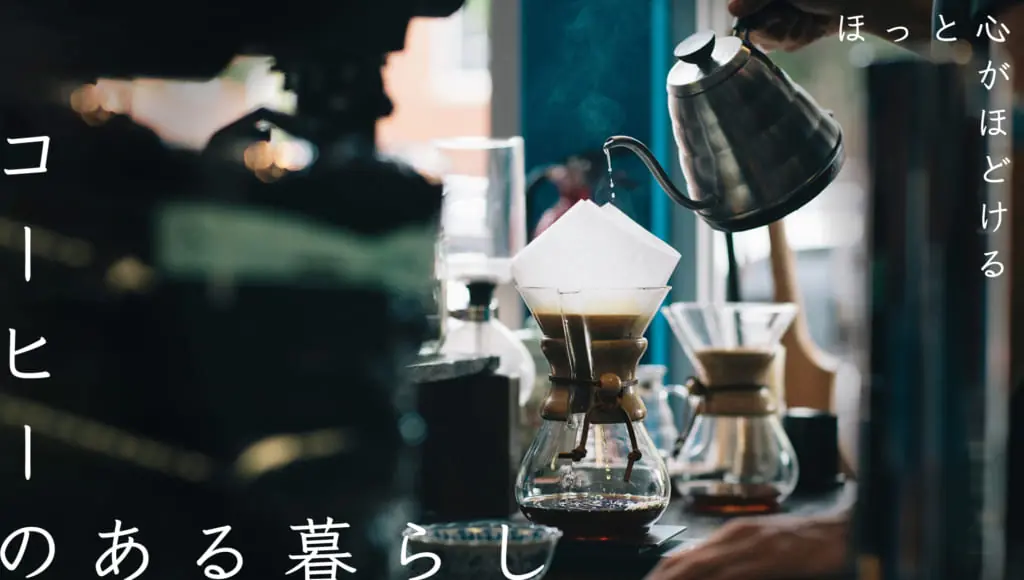

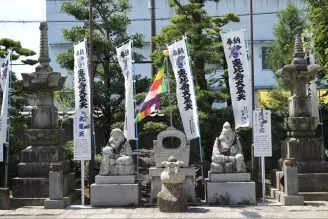
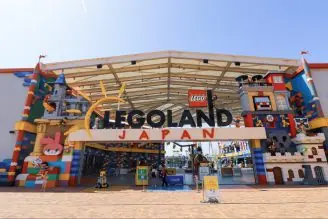
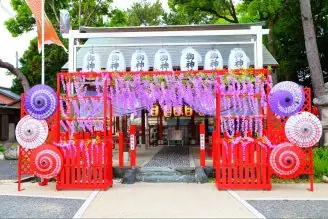
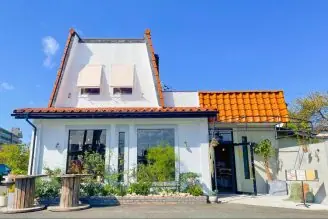
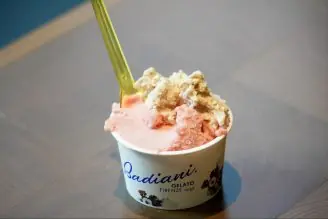
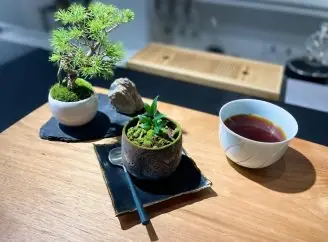
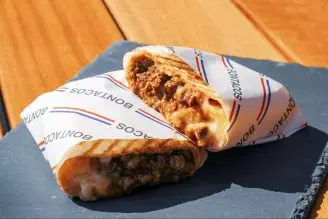

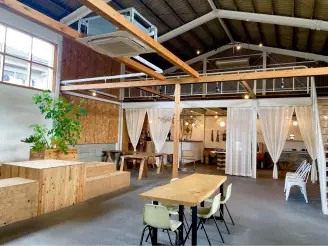
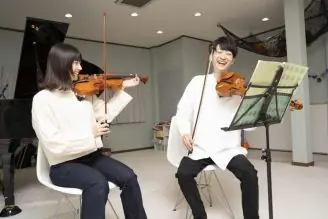
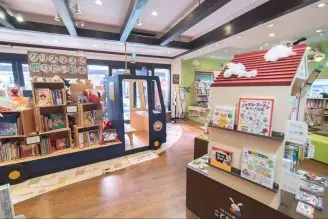
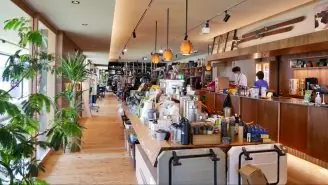
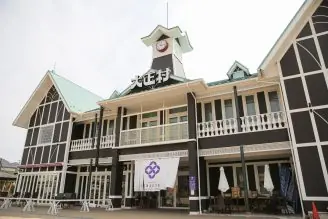

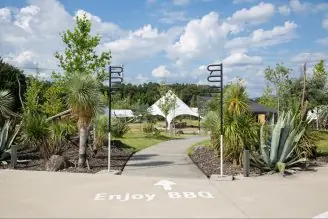

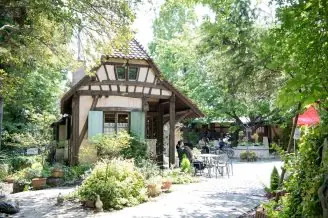

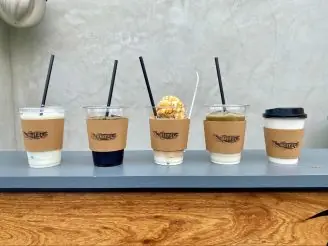

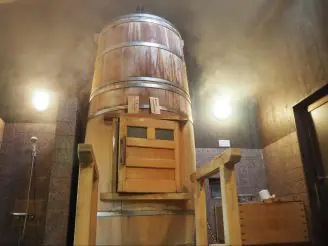
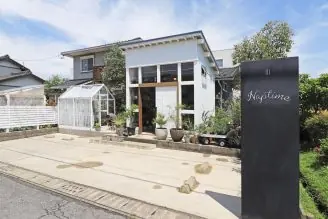

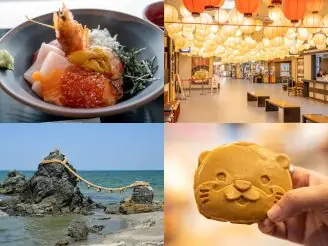
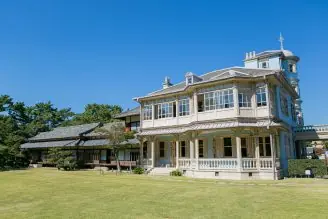
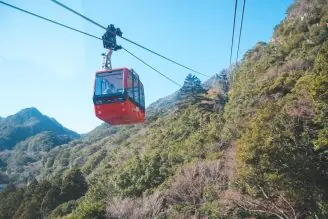
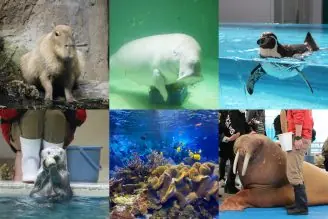
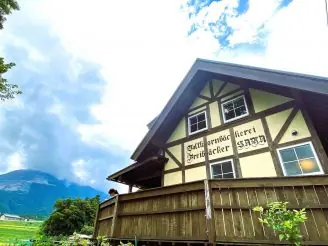
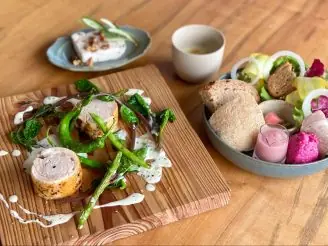
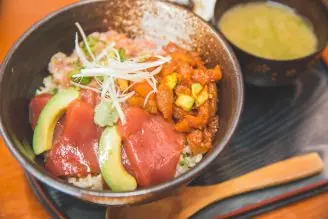

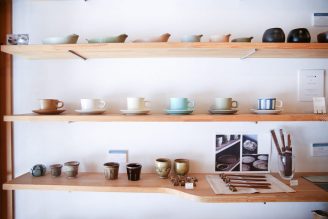
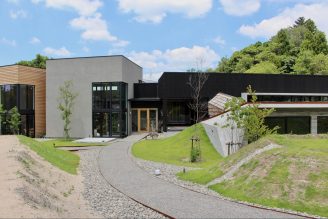
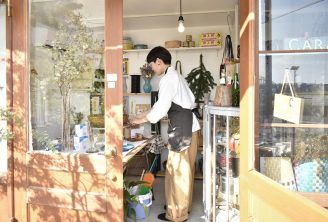
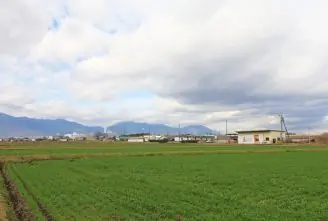



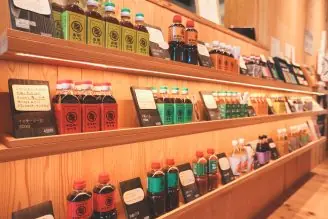
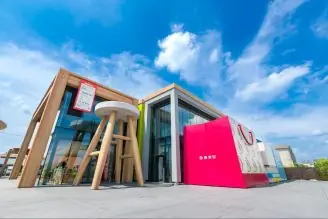





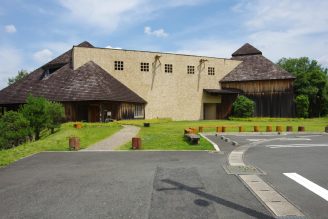
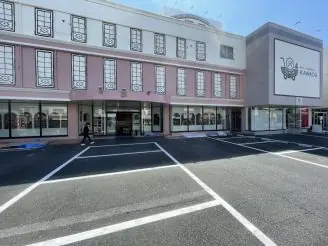
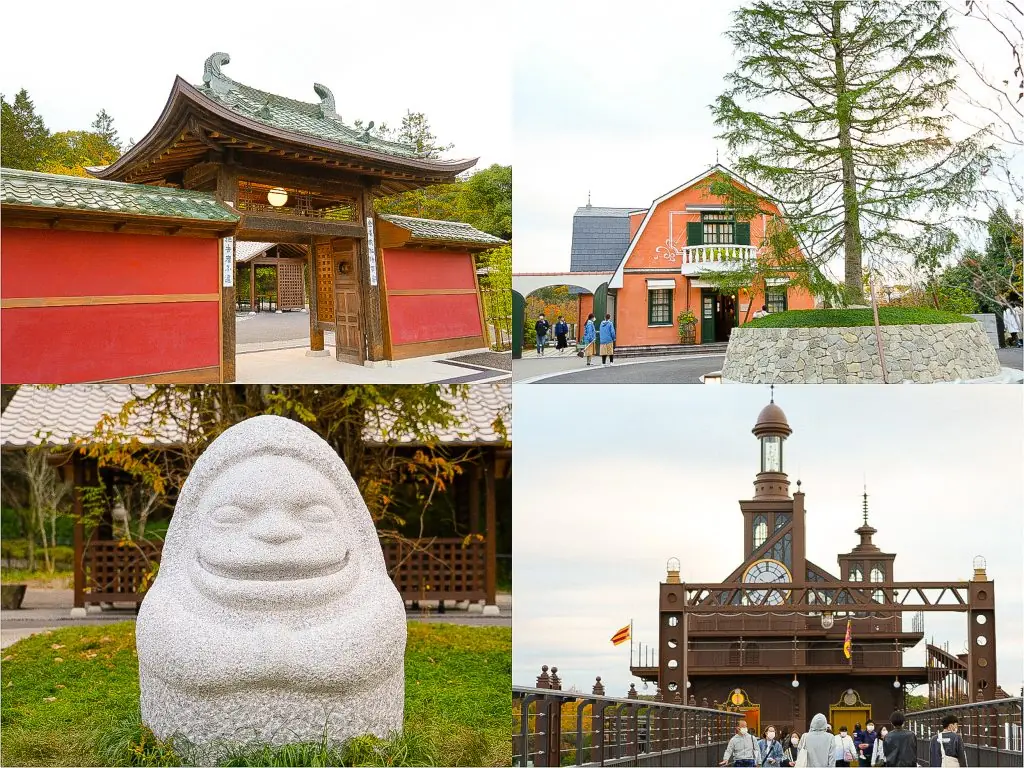
![[9 Selections] Summary of Retro Coffee Shops in Nagoya](https://life-designs.jp/wp/wp-content/uploads/2021/11/image1-30-1024x683.jpg)
![[10 selections] Recommended for Girls' Trip from Nagoya! Special feature on Hotels and Inns](https://life-designs.jp/wp/wp-content/uploads/2022/11/FotoJet-1-1024x768.jpg)
![[20 Selections] Nagoya Souvenirs: Non-Sweet & Recommended Snacks Available at Nagoya Station](https://life-designs.jp/wp/wp-content/uploads/2025/07/image3-2-1024x683.jpg)
![[Aichi, Gifu, Mie] 30 Family-Friendly Spots to Go in Winter!](https://life-designs.jp/wp/wp-content/uploads/2019/12/image21-1-768x543.png)
![[Within 2hrs by Car] 12 Outing Areas where You can Go on a Day Trip from Nagoya!](https://life-designs.jp/wp/wp-content/uploads/2023/07/odekake12_w1200h900_20240422-328x246.png)
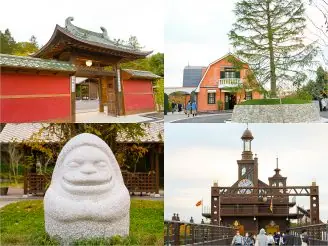
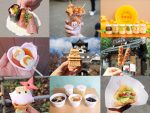
![[Nagoya, Aichi] Recommended Shops to Buy Tablewares around Nagoya](https://life-designs.jp/wp/wp-content/uploads/2019/11/image12-26-150x100.jpg)
